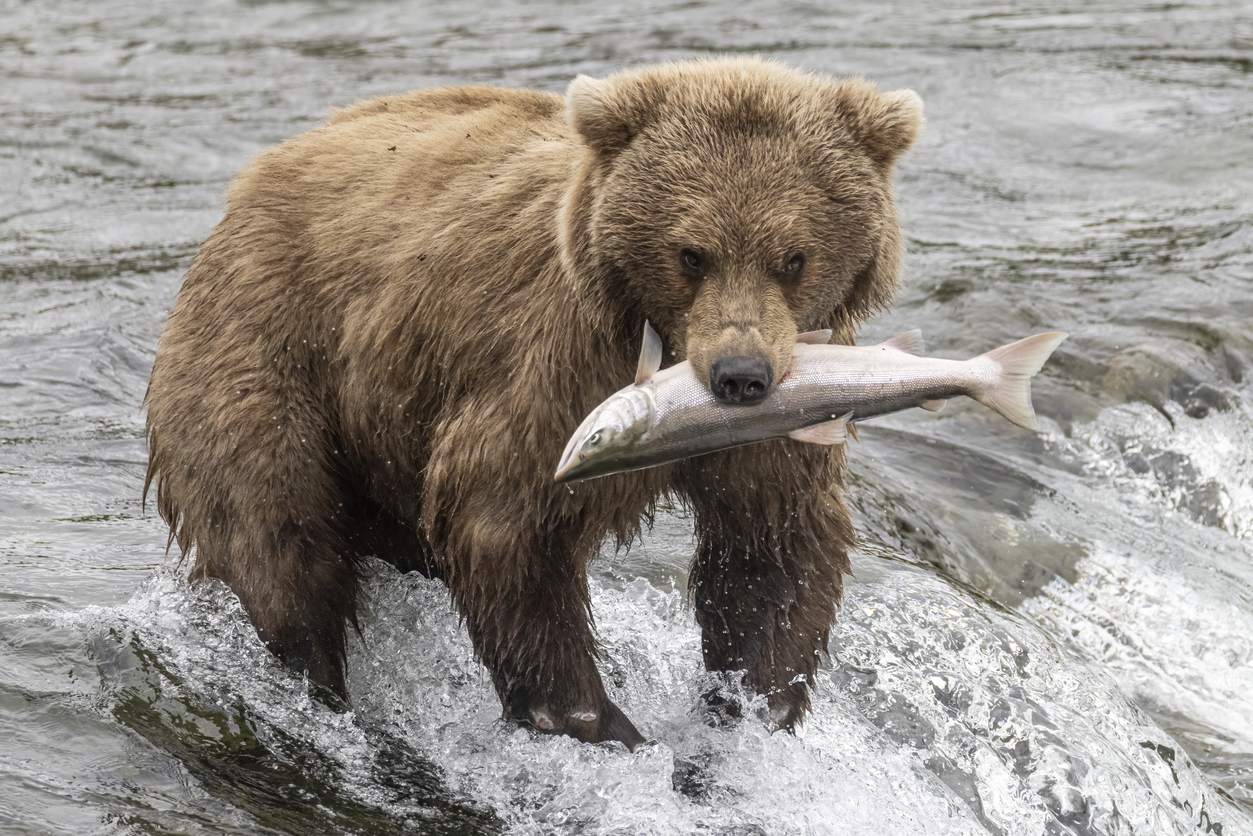As if wolves and cougars weren’t enough predators for Washingtonians, grizzly bears will soon begin to dot our landscape again, too.
The National Park Service and U.S. Fish & Wildlife Service announced a decision to begin releasing a “nonessential experimental population” of grizzly bears into the North Cascades. Under the decision, the federal agencies will capture three to seven bears annually for the next five to 10 years and translocate them to a “bear recovery zone” in hopes of creating a population of at least 200 grizzly bears during the next 100 years.
The agencies agreed to establish the grizzly bear population as a “nonessential experimental population” under section 10(j) of the Endangered Species Act. This designation would allow legal “take” of grizzly bears in instances of self-defense or defense of others; deterrence actions including hazing and annoyance of bears to discourage interactions with humans if those actions do not cause long-term or permanent damage to the bear; and incidental “take” of a bear in an otherwise lawful activity are all protected activities.
However, the fine print of the decision notes something of interest about grizzly bear reintroduction. Under the establishment of a stable population, federal agencies will translocate three to seven grizzly bears into Washington state for the next five to 10 years, with a target population of 25 grizzlies as a “founder population.”
The decision notes once a population of “up to 25 grizzly bears is achieved,” a transitional phase will be triggered that will change the strategies for reintroduction. Under the “adaptive management phase,” more grizzly bears may be brought into the state to “address human-caused sources of mortality or removal, genetic limitations, or to improve population and sex ratio.”
The decision does not appear to limit the number of additional grizzly bears that may be translocated into the state to address the needs outlined in the “adaptive management phase” of the project.
According to the Washington State Department of Fish & Wildlife, there are some grizzly bears in the Selkirk Mountains and others are occasionally documented near the Canadian border.
What proponents of reintroduction in the North Cascades cannot predict is what the overall effect the bears will have on the ecosystem. Some say the return of grizzlies will be a boon for the land.
Opponents have called the reintroduction and the hearings surrounding it a “formality” conducted by the federal government before doing as it wishes regardless of the desires of residents.
As has been observed with gray wolves in our state, it is easy to advocate for a predator to return to the landscape when it does not affect your daily life. As human-gray wolf interactions have escalated through the years, so too, have the arguments around their management with neither side feeling particularly satisfied by the outcome.
If proponents of biological diversity and landscape restoration truly want to see a successful grizzly bear reintroduction, the decisions being made about how it happens should be more transparent. More translocated grizzlies do not build trust, it breeds anger amongst the people who most need to support the idea for it to succeed.




